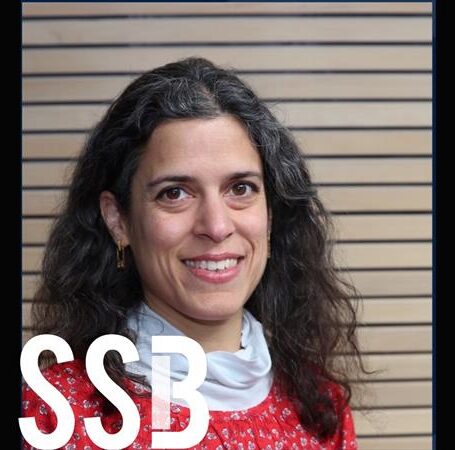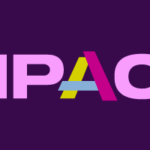Business and Biodiversity: A View from the Inside

‘Do well by doing good’ is a mantra for management that sounds promising, but is it realistic? In today’s post, Clément Feger, an assistant professor at AgroParisTech and a researcher at Montpellier Recherche en Management at the Université de Montpellier, offers work he did that looks at one company’s efforts to foster sustainability in the environment and the balance sheet, and offers models for others to follow.
Feger’s research, conducted with the late Laurent Mermet, appeared in the journal Organization & Environment as “New business models for biodiversity and ecosystem management services: An action research with a large environmental sector firm.” The article approaches questions of sustainability as they appear from within a business, not from the outside looking in. “It provides,” the authors write in the paper, “an insider’s view of the concrete questions, hopes, and difficulties faced by an environmental sector company that actively develops a commercial strategy for ecosystem management activities, and in doing so struggles to find its right place in the collective governance of these diverse and complex issues.”
Business & Management INK asked Feger some questions about the action research that underlies the paper, and his answers appear below the paper’s abstract.
Businesses are increasingly called upon to contribute to efforts to protect biodiversity and natural capital. Our article presents the results of an action research conducted with a major company in the environmental sector that has been experimenting with innovative services dedicated to ecosystem management. We show the specific organizational and social challenges the company faced in upscaling this strategy due to its path dependency to its historical value creation model, and to the collective action issues that characterize biodiversity management. We introduce a new interdisciplinary theoretical framework for the development of what we refer to as “business models for ecosystem management services,” defined by the very central place they give to the achievement of measurable biodiversity performances. We then propose four such new business models designed through participatory methods that combine in a unique way a corporate value creation model with an ecological value cocreation model at the ecosystem level.
What motivated you to pursue this research?
In the context of the dramatic degradation of natural ecosystems across the world, calls to harness the potential of the private sector for biodiversity protection and restoration have been increasing for more two decades.

So far, prevailing “business case for biodiversity” discourses have essentially been about promoting solutions based on the development of so-called “natural capital markets” as well as on the economic valuation and pricing of biodiversity and ecosystem services (i.e. the benefits received by society from nature). This overall framing has led to gradually polarize the business-biodiversity debate, split between the mainstream defenders of such market-based approaches on the one hand, and their critiques on the other hand, who warn of a risk of commodifying nature.
Our research was initially motivated by the will to “go and see” for ourselves, in the field, the complex reality and the concrete challenges faced by a large environmental sector firm proactively engaged in the experimentation of new commercial services and innovations dedicated to ecosystem protection and restoration, and struggling to find its right place among other actors and to upscale its activities. This led us to develop an alternative way of reasoning the specific roles environmental sector businesses could play for biodiversity protection
In what ways is your research innovative, and how do you think it will impact the field?
Our research runs counter to the dominant idea of basing biodiversity business models on the economic valuation and pricing of nature and ecosystem services. Instead, we offer an alternative approach of business models for biodiversity and ecosystem management, where what is being valued and what justifies a revenue is the ability of a firm to contribute to the achievement of collectively agreed-on ecological performance goals (through its ecosystem management services and offerings). The theoretical framework we propose bridges sustainable entrepreneurship, sustainable business model, environmental and biodiversity management and conservation science research, as a basis to think and develop such business models.
We introduce four original “business models for ecosystem management” designed through action-research methods (i.e. the ecological consortium; the ecological concession; the ecological B2B; the ecological collaborative). Each of them represents a distinct strategic and negotiation pathway for an environmental sector firm that seeks to develop new ecosystem management activities, aimed both at creating measurable ecological value with other actors at the ecosystem level in contrasted governance settings, and at earning a revenue recognized as legitimate at a corporate level. The models can be used as conceptual and heuristic tools by management scholars and environmental sector companies’ managers who engage in developing innovative solutions for biodiversity protection.
Overall, we hope that this work will contribute to future research on environmental sector firms and their strategies. We believe that such firms can indeed be at the forefront of re-inventing what a company is all about at the time of the Anthropocene, by simultaneously experimenting new forms of alliances and cooperation with other environmental actors motivated by the achievement of ecological results; and by taking bold steps in transforming their core corporate governance and accountability structures and the very definition they give to value(s) creation and profit.






























































































